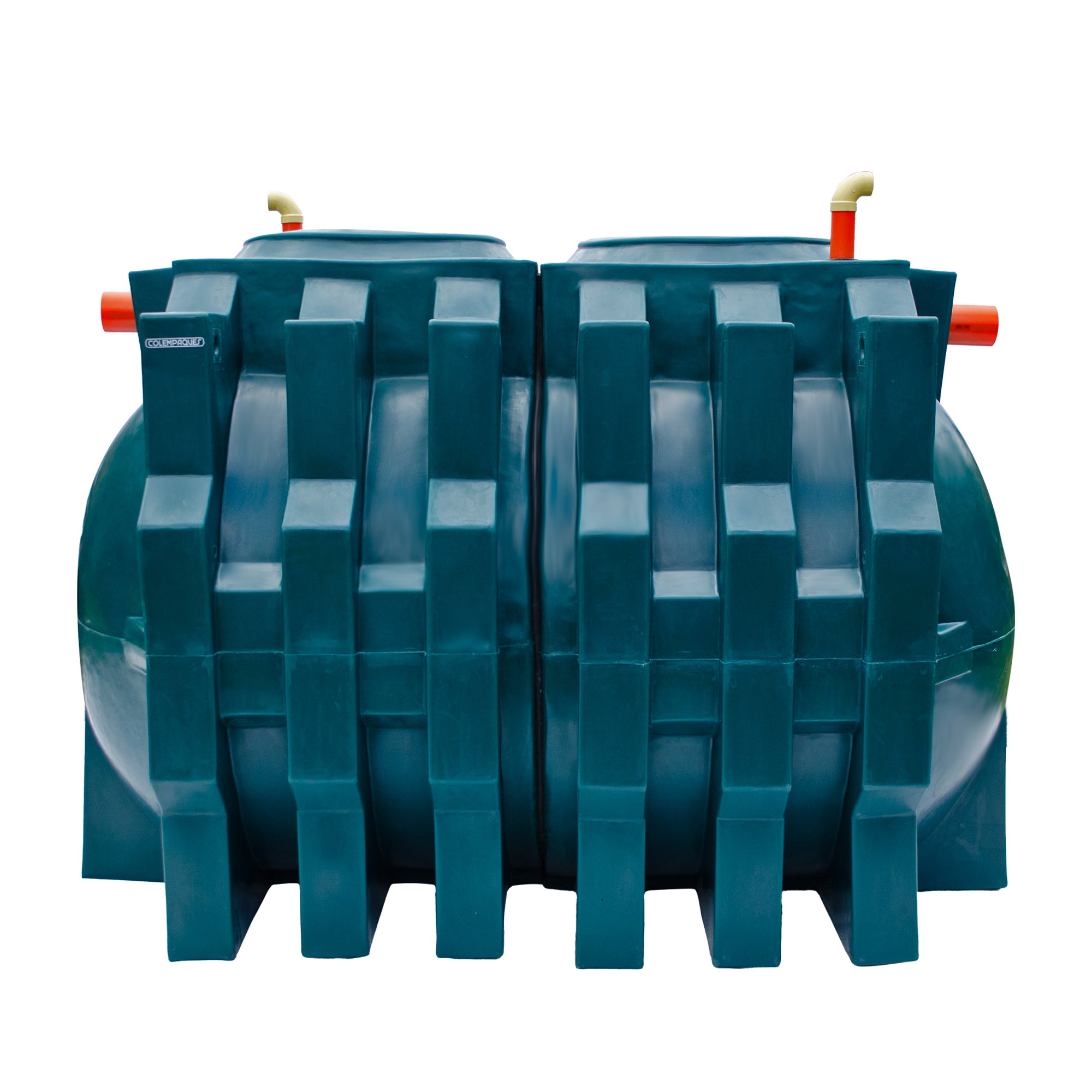SKU:
Sistema Séptico Integrado Horizontal Colempaques 5000 Litros
Nuestro Sistema Séptico Integrado COLEMPAQUES de 5.000 litros es la solución ideal para el tratamiento de las aguas negras, residuales. Este sistema realiza un proceso biológico que descontamina gradualmente los deshechos humanos, mediante unos tiempos adecuados de retención hidráulica que permiten la degradación séptica anaerobia de la materia orgánica. De esta forma, se hace un debido tratamiento de las aguas residuales.
Al ser integrado, cuenta con dos cámaras sépticas Imhoff de decantación de lodos y con una cámara anaeróbica de degradación de la materia orgánica. Las tres cámaras están integradas en un mismo sistema, para lograr una mayor eficiencia en el tratamiento de las aguas. Incluye dos tapas con diámetro amplio para facilitar la inspección y mantenimiento del sistema. Incluye también accesorios para escape de gases, unidades filtrantes tipo rosetón y accesorios en pvc. Este producto es apto para enterrar. Su diseño horizontal cuenta con venas de refuerzo, para mayor resistencia a las presiones externas del terreno e internas del contenido del producto. Con una altura de aproximadamente 180 cms, requiere una excavación poco profunda para ser enterrado.
Adicionalmente, el producto está compuesto de una sola pieza, sin soldaduras, lo cual garantiza total hermeticidad y mínimo riesgo de fugas. Para asegurar la eficiencia del sistema, recomendamos se utilice el Medio Filtrante Rosetón Plástico para el tratamiento anaeróbico. Estos accesorios, mejoran la porosidad y aumentan la superficie de contacto, para que las bacterias realicen el correcto tratamiento en el Filtro Anaeróbico. El producto incluye 400 rosetones y NO incluye las bacterias.
USOS: Fincas, casas de campo, viviendas, restaurantes, instituciones, colegios, hoteles, hostales, etc. (Residencial, institucional e industrial)
RECOMENDACIONES:
- El tanque siempre debe ser colocado sobre un piso horizontal de concreto.
- Para enterrarlo, garantiza que, una vez enterrado, la tapa del producto quede a máximo 30cms bajo la cota cero del nivel del piso. En este caso, recomendamos el uso de cuellos extensores en ambas tapas, para facilitar el acceso al tanque.
- Para el montaje, deja 20 cm alrededor del tanque. Llena con agua a medida que apisonas e instala el sistema.
- Nunca dejes el sistema enterrado sin agua, ya que puede generar riesgo de colapso. Para hacer mantenimiento debes dejar mínimo el 50% del agua dentro del sistema.
- Para terrenos con nivel freático alto, consultar con asesor técnico. Se necesita montaje especial.
- Recomendamos realizar mantenimiento periódico cada año y revisar la formación de natas y lodos.
- Para instalación y mantenimiento: los tres compartimientos se deben llenar o vaciar al mismo tiempo.
- No extraiga el agua con sistema ?vactor? de ninguna referencias
- Se deben aplicar bacterias frecuentemente en el filtro anaeróbico para asegurar la degradación de las partículas contaminantes en la tercera cámara del sistema.
- Las medidas del producto son en cms aproximados.
Additional product information
Shipping times
Our times are subject to destination and availability. You can check this at checkout.
In addition, you can consult your trusted specialist for installation services. We provide technical support to ensure your installation is a success.

Frequently Asked Questions
It is a wastewater pretreatment system used in places where there is no connection to a public sewer network.
The size is determined by the number of users that a septic system can support, which is variable and depends on multiple factors, such as water consumption or soil type.
We recommend that you consult a sanitary engineer or septic system specialist to perform the necessary calculations and design a system suitable to your needs.
Frequency may vary depending on factors such as system size, number of users, and usage.
Recommendations:
- Inspections: At least once a year to check the level of sludge and grease, and the general condition of the system.
- Cleaning: Every year, depending on the size of the tank and its use. This cleaning consists of removing accumulated sludge and grease.
To ensure the proper functioning of the bacteria in the septic system. There are black waters and grey waters:
Black water: This is all waste water that comes from toilets and dishwashers. The organic load contained is highly polluting, so water must be treated before filtering into the ground, in order to prevent damage to the subsoil or aquifers in the region. This water is what passes through the septic system.
Grey water: This is all waste water that comes from sinks, dishwashers and showers. It should not pass through the septic system due to its high content of antibacterial soaps that can harm the functioning of bacteria in the anaerobic filter.
- Bad odors: They can be caused by a problem in the tank, in the drain field or by lack of maintenance.
- Overflows: A full tank can cause overflows on the surface. Make sure you purchase a septic system with a larger capacity to ensure proper hydraulic retention times.
- Wet or waterlogged areas: May indicate a problem in the infiltration or drainage field.
- Chemicals: Harsh detergents, bleach, paints, solvents and other chemicals can kill beneficial bacteria in the tank.
- Fats and oils: Fats and oils solidify in pipes and can clog the system.
- Wet wipes: Although some are biodegradable, they can clog pipes.
- Feminine hygiene products: Should not be flushed down the toilet.






